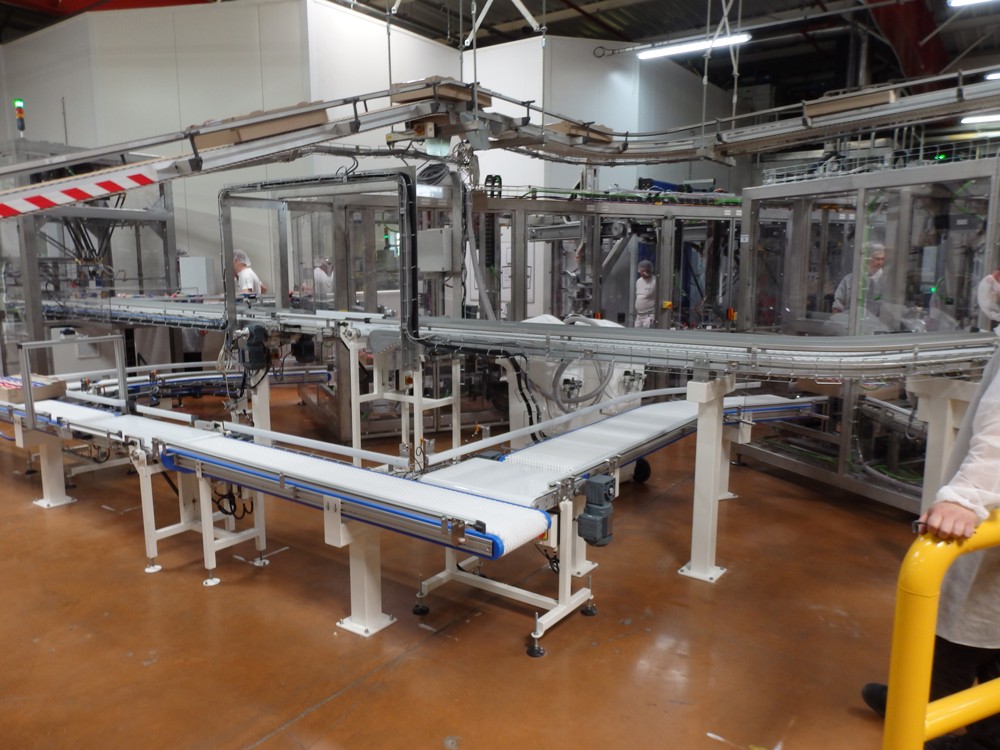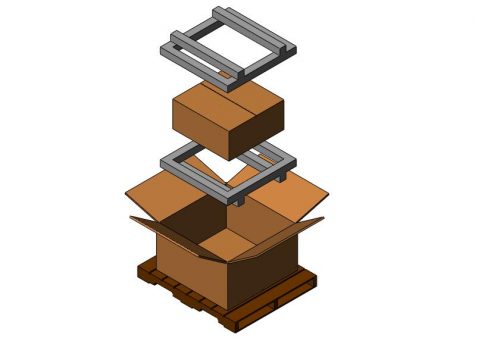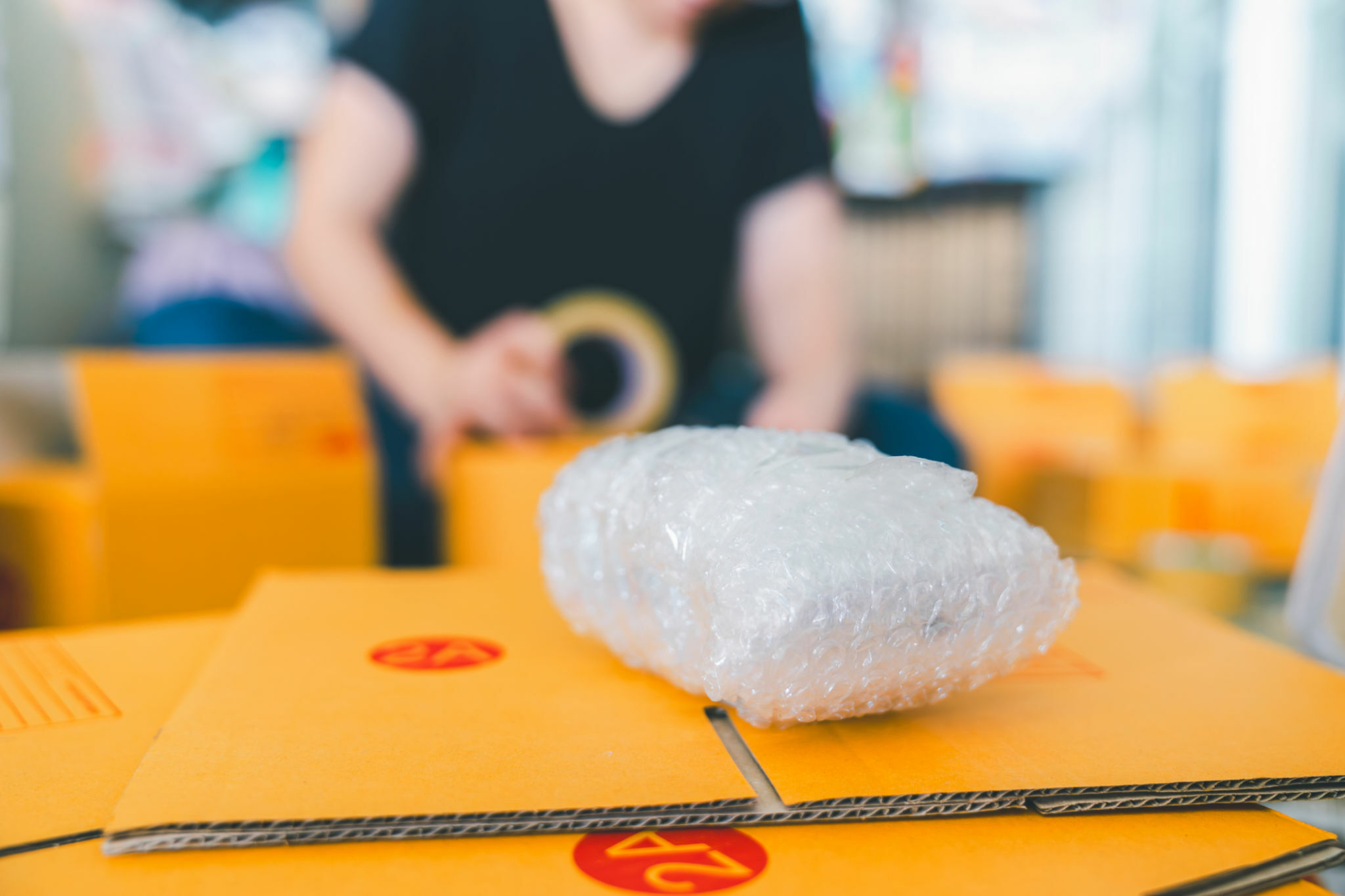Streamlining Processes: The Power of a Trusted Processing Company
Streamlining Processes: The Power of a Trusted Processing Company
Blog Article
Reliable Industrial Recycling Solutions for Sustainable Packaging: A Comprehensive Overview
That's where this thorough overview on effective industrial recycling solutions for lasting product packaging comes in. By discovering vital areas such as packaging product selection, making for recyclability, implementing reusing facilities, collaborating with reusing partners, and tracking and determining recycling success, this guide will certainly furnish you with the knowledge and devices needed to make enlightened decisions and drive favorable change within your company. Whether you're a product packaging expert, sustainability manager, or just interested in the subject, this guide will certainly provide useful insights and methods to help you browse the globe of lasting packaging.
Packaging Product Selection
The choice of product packaging products plays an important function in guaranteeing the sustainability of commercial reusing services. The selection of materials is crucial in lessening ecological effect and making the most of recycling efficiency when it comes to sustainable product packaging. Choosing the appropriate products can assist lower waste generation, preserve sources, and advertise a round economic situation.
Products like cardboard, paper, glass, and particular types of plastics can be recycled multiple times without shedding their top quality. On the other hand, materials that are hard to recycle, such as mixed plastics or non-recyclable compounds, can create obstacles for the reusing procedure and might finish up in incinerators or landfills.
An additional consideration is the usage of biodegradable and sustainable materials. Packaging made from renewable energies, such as plant-based plastics or biopolymers, can help reduce dependency on nonrenewable fuel sources and alleviate climate modification. In addition, naturally degradable products break down normally with time, decreasing the accumulation of waste in garbage dumps.
Additionally, the weight and quantity of product packaging materials ought to be decreased to decrease transport costs and power intake. Lightweight materials not just require less resources during production however likewise add to lower carbon discharges during transport.
Designing for Recyclability
Product packaging designers ought to prioritize the use of products that are commonly accepted for recycling and have actually developed recycling frameworks. Products such as glass, light weight aluminum, and certain kinds of plastic, like PET and HDPE, are generally reused and must be chosen over materials that are expensive or difficult to reuse.
An additional crucial factor to consider in making for recyclability is the removal of unnecessary parts or products. By minimizing the variety of layers, coatings, and extra parts, packaging can be made simpler and less complicated to reuse. Additionally, developers need to aim to reduce the usage of mixed products, as they can complicate the reusing process.

Implementing Recycling Infrastructure
Efficient application of reusing infrastructure is important for the success of commercial recycling services. Without proper facilities in position, the reusing procedure ends up being inefficient and inefficient, hindering the overall goal of sustainable product packaging.
To apply reusing framework successfully, numerous essential factors require to be considered. To start with, there should be an efficient collection system that helps with the separation and collection of recyclable materials. This can consist of marked recycling bins in public rooms, as well as partnerships with waste monitoring companies for curbside pickup and sorting.
As soon as collected, the recyclable materials need to be transferred to reusing centers in a prompt manner. This calls for reliable logistics and transport networks, ensuring that the materials reach the ideal facilities immediately.
At the recycling facilities, advanced sorting and handling technologies ought to be in location to divide various kinds of materials effectively. This consists of using automated arranging machines, optical scanners, and hand-operated sorting techniques.
Additionally, there should be a durable market need for recycled products. This can be accomplished with cooperations with manufacturers and industries that use recycled materials in their manufacturing procedures. Producing a secure market for recycled products incentivizes the reusing sector and advertises the circular economic situation.
Working Together With Recycling Partners

One secret facet of teaming up with reusing partners is the facility of clear interaction channels. It is very important to develop open lines of communication to facilitate the exchange of information, updates, and feedback. This permits both parties to remain educated regarding the development of recycling efforts and attend to any type of challenges or concerns that may develop.
In addition, cooperation can include joint efforts in developing and executing reusing programs. Recycling companions can provide beneficial insights and guidance in establishing efficient collection systems and determining the most appropriate recycling innovations. By working together, companies and recycling companions can enhance the recycling process and lessen waste.
Moreover, collaboration can expand beyond the operational elements of recycling. It can likewise incorporate advocacy and education and learning initiatives. By signing up with forces, organizations and recycling companions can elevate understanding concerning the value of recycling and advertise the fostering of sustainable investigate this site product packaging practices amongst customers and various other stakeholders.
Tracking and Measuring Recycling Success
To make sure the performance of industrial reusing solutions and the success of lasting product packaging goals, it is crucial for companies and their recycling companions to develop a thorough system for monitoring and measuring recycling success (processing company). Tracking and measuring reusing success allows companies to analyze the effect of their reusing efforts, determine areas for enhancement, and established meaningful targets for future progress
One way to track recycling success is with the usage of information collection and analysis tools. By collecting data on the amount of packaging waste created, the portion of waste that is recycled, and industrial packaging solutions the sorts of products being reused, organizations can gain valuable insights right into their reusing performance. This data can after that be assessed to determine patterns, patterns, and areas of inefficiency.
Another important aspect of monitoring and gauging reusing success is developing standard and clear metrics. This enables companies to contrast their efficiency against industry benchmarks and track their progress in time. Metrics such as recycling prices, waste diversion prices, and greenhouse gas exhausts can give a measurable step of an organization's recycling success.

Verdict
Finally, applying effective industrial recycling services for sustainable packaging requires careful factor to consider of product packaging material selection, developing for recyclability, implementing reusing framework, working together with reusing partners, and monitoring and determining reusing success. By integrating these techniques, organizations can contribute to a more lasting and have a peek at this site environmentally-friendly technique to packaging, lowering waste and promoting the circular economic situation.
By discovering essential locations such as packaging product choice, developing for recyclability, applying reusing infrastructure, collaborating with recycling companions, and monitoring and measuring recycling success, this overview will furnish you with the understanding and devices required to make enlightened decisions and drive favorable modification within your company. Product packaging designers must focus on the usage of products that are widely accepted for recycling and have developed reusing facilities.Collaboration with reusing companions is important for the successful implementation of commercial recycling options and the success of lasting packaging objectives. By signing up with pressures, companies and recycling companions can raise understanding concerning the significance of recycling and advertise the fostering of sustainable product packaging methods among consumers and other stakeholders.
By gathering data on the amount of product packaging waste produced, the portion of waste that is recycled, and the kinds of products being reused, companies can gain valuable insights into their recycling efficiency.
Report this page